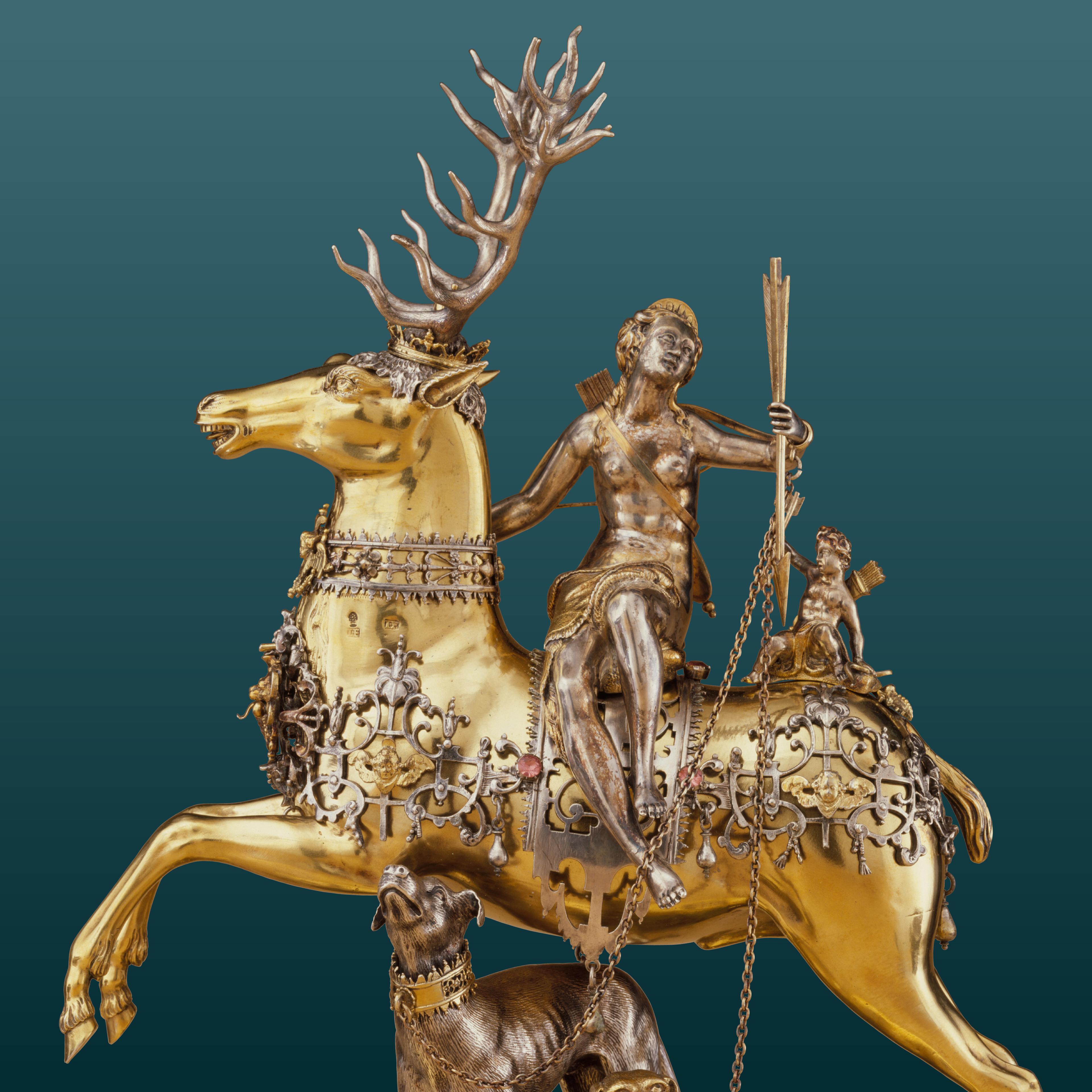The newly redesigned Northern Renaissance Sculpture and Decorative Arts gallery brings together collection highlights and spectacular recent acquisitions to situate The Met’s extraordinary permanent collection within the context of northern Europe’s early modern society.
The gallery includes works from roughly 1520 to 1630, when Europeans north of the Alpine mountains experienced civil unrest, religious revolution, and an increasingly globalized world. Dealings with Spanish, Portuguese, and later Dutch, French, and English colonialists, who were exploiting the people and land overseas, added to the regions’ fast-growing wealth as banking systems advanced and merchant networks aggressively extended their markets. Catholic dominance was destabilized as the Reformation led to the rise of various Protestant denominations. Politically, the Holy Roman Empire (962–1806) dominated northern lands and linked hundreds of independent territories and Imperial city-states. Due to conflicts between religious groups, peasant wars against oppressive aristocracy, and brutal clashes with neighboring nations, social and political boundaries remained in flux.
Within this complex and changing society, works of art served as expressions of belonging, belief, and power. By grouping works thematically, this reimagined gallery explores the imperial, colonial, and religious contexts in which ceramics, textiles, metalwork, clocks, chess sets, stained glass, and more were made. With this new reinstallation, these objects of encounter, knowledge, wonder, and personal meaning offer a window into the past for a new generation of Met visitors.
Major support for the installation of this gallery was provided by the Marina Kellen French Foundation.
